Home>Home Appliances>Laundry Appliances>Washing Machine Making Loud Noise When Filling With Water
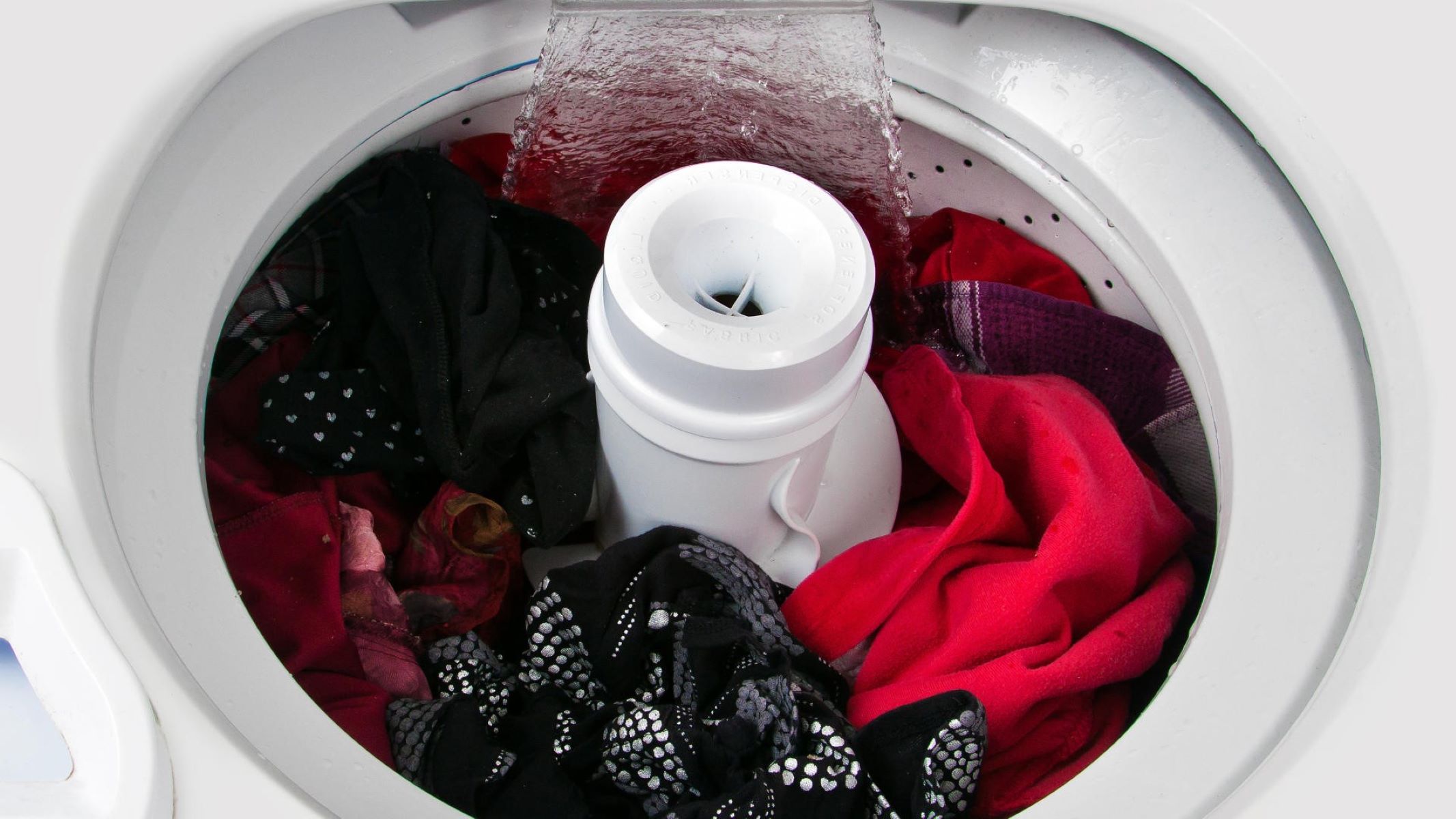

Laundry Appliances
Washing Machine Making Loud Noise When Filling With Water
Modified: May 6, 2024
If your laundry appliances are making loud noises when filling with water, learn how to troubleshoot and fix the issue. Keep your washing machine running smoothly!
(Many of the links in this article redirect to a specific reviewed product. Your purchase of these products through affiliate links helps to generate commission for Storables.com, at no extra cost. Learn more)
Possible Causes of Loud Noise
When your washing machine starts making a loud noise during the filling cycle, it can be quite alarming. Understanding the potential causes of this disruptive racket can help you address the issue promptly and effectively. Here are some common culprits behind a washing machine's loud noise during the water-filling phase:
-
Faulty Water Inlet Valve: A malfunctioning water inlet valve can lead to a loud, unsettling noise as it struggles to control the flow of water into the machine. This component is responsible for allowing water to enter the washing machine at the appropriate times. If it becomes defective, it may produce a loud, jarring sound as it attempts to regulate the water flow.
-
Clogged Water Supply Hose: Over time, the water supply hose connected to your washing machine can become clogged with debris, sediment, or mineral deposits. When this occurs, the water flow can be disrupted, causing the machine to emit a loud noise as it struggles to fill with water. This issue often results in a vibrating or rattling sound that can be quite disconcerting.
-
Inadequate Water Pressure: Insufficient water pressure can also contribute to a noisy filling cycle. When the water pressure is too low, the washing machine may produce a loud, unsettling noise as it attempts to draw in an inadequate amount of water. This can lead to prolonged filling times and a noticeable increase in noise levels.
-
Worn Out Inlet Valve Screen: The inlet valve screen is designed to filter out impurities from the water supply, preventing them from entering the washing machine. Over time, this screen can become clogged with debris, obstructing the water flow and causing the machine to emit a loud noise as it struggles to fill with water.
Identifying the potential causes of a loud noise during the filling cycle of your washing machine is the first step toward resolving this issue. By understanding these common culprits, you can take proactive measures to troubleshoot the problem and restore your washing machine to its optimal functionality.
Key Takeaways:
- Troubleshoot loud washing machine noises by checking the water inlet valve, supply hose, and water pressure. DIY fixes include cleaning or replacing components. Seek professional help if issues persist.
- Address loud washing machine noises promptly to prevent damage. Inspect the water inlet valve, supply hose, and water pressure. DIY fixes include cleaning or replacing components.
Read more: Lg Washer Making Loud Noise When Spinning
Troubleshooting the Noise Issue
When faced with a washing machine that emits a loud noise during the filling cycle, it's essential to address the issue promptly to prevent potential damage and restore the appliance's smooth operation. Troubleshooting the noise issue involves a systematic approach to identify and rectify the underlying cause. Here's a comprehensive guide to troubleshooting the noise problem:
1. Inspect the Water Inlet Valve
Begin by examining the water inlet valve, which controls the flow of water into the washing machine. Check for any visible signs of damage, such as cracks or leaks, that may be contributing to the loud noise during the filling cycle. If the valve appears to be faulty or worn, it may need to be replaced to restore proper functionality and eliminate the disruptive noise.
2. Examine the Water Supply Hose
Next, inspect the water supply hose connected to the washing machine. Look for any kinks, bends, or blockages that could be impeding the water flow and causing the machine to emit a loud noise. If the hose shows signs of damage or obstruction, it may need to be unclogged, straightened, or replaced to ensure a smooth and quiet filling cycle.
3. Check the Water Pressure
Verify the water pressure in your home's plumbing system to ensure it meets the requirements for the washing machine's optimal operation. Inadequate water pressure can lead to a noisy filling cycle, as the machine struggles to draw in the necessary amount of water. If the water pressure is insufficient, consider consulting a professional to address and rectify this issue.
4. Clean or Replace the Inlet Valve Screen
If the washing machine's inlet valve screen is clogged with debris or sediment, it can disrupt the water flow and contribute to a loud, unsettling noise during the filling cycle. Carefully remove the screen and clean it thoroughly to remove any accumulated impurities. If the screen is damaged or excessively worn, consider replacing it to ensure unobstructed water flow and a quiet filling process.
By systematically troubleshooting the noise issue, you can identify and address the underlying causes of the disruptive racket during the washing machine's filling cycle. Taking proactive measures to inspect and rectify potential culprits such as the water inlet valve, supply hose, water pressure, and inlet valve screen can help restore your washing machine to its optimal functionality, ensuring a quiet and efficient laundry experience.
Checking the Water Inlet Valve
The water inlet valve serves as a crucial component in the washing machine's operation, regulating the flow of water into the appliance during the filling cycle. When confronted with a loud noise emanating from the washing machine during this phase, the water inlet valve warrants thorough inspection to identify any potential issues contributing to the disruptive racket.
Begin the examination by visually assessing the water inlet valve for any visible signs of damage or wear. Look for cracks, leaks, or corrosion that may compromise the valve's functionality and lead to the production of a loud noise. If any such irregularities are detected, it may indicate the need for immediate replacement to restore the smooth and quiet operation of the washing machine.
In addition to visual inspection, it is essential to evaluate the valve's performance during the filling cycle. Observe the valve in action as the washing machine fills with water, paying close attention to any unusual sounds or irregularities in its operation. A malfunctioning water inlet valve may exhibit erratic behavior, such as loud clunking or grinding noises, signaling a need for further investigation and potential replacement.
Furthermore, consider the possibility of mineral deposits or sediment accumulation within the valve, which can impede its proper function and contribute to the generation of a loud noise during the filling cycle. If mineral buildup is suspected, carefully clean the valve to remove any obstructions and restore unobstructed water flow. This proactive measure can often alleviate the noise issue and prolong the valve's longevity.
In cases where the water inlet valve is determined to be the source of the loud noise, prompt action is crucial to address the issue effectively. Depending on the extent of the valve's damage or malfunction, it may be necessary to enlist the expertise of a professional appliance technician to assess, repair, or replace the valve, ensuring the washing machine's continued smooth and quiet operation.
By meticulously checking the water inlet valve for any signs of damage, assessing its performance, and addressing potential mineral buildup, you can effectively troubleshoot and resolve the loud noise issue during the washing machine's filling cycle. This proactive approach not only restores the appliance's optimal functionality but also contributes to a quieter and more pleasant laundry experience.
Inspecting the Water Supply Hose
The water supply hose plays a pivotal role in facilitating the seamless flow of water into the washing machine during the filling cycle. When confronted with a loud noise emanating from the appliance during this phase, a comprehensive inspection of the water supply hose is essential to identify and address potential issues contributing to the disruptive racket.
Commence the inspection by visually examining the entire length of the water supply hose for any visible signs of damage, wear, or deterioration. Look for kinks, bends, or crimps that may impede the smooth flow of water and contribute to the production of a loud noise. Additionally, check for any leaks, cracks, or bulges along the hose, as these irregularities can compromise its integrity and lead to disruptive noises during the washing machine's operation.
Furthermore, it is imperative to assess the flexibility and suppleness of the hose, ensuring that it maintains its intended shape without any distortions or restrictions. A rigid or distorted hose may hinder the water flow, resulting in increased noise levels as the washing machine struggles to fill with water. If any irregularities are detected during the visual inspection, it may indicate the need for immediate replacement or repair to restore the optimal functionality of the water supply hose.
In addition to visual assessment, it is crucial to verify the hose's connections to both the washing machine and the water supply source. Ensure that the hose is securely attached without any loose or damaged fittings that could contribute to water leakage or disruption of the filling cycle. Tighten any loose connections and replace any compromised fittings to maintain a secure and uninterrupted water flow, mitigating the potential for noisy operation.
Moreover, consider the possibility of debris, sediment, or mineral deposits accumulating within the hose, obstructing the water flow and leading to increased noise levels during the filling cycle. If such obstructions are suspected, carefully detach the hose and flush it thoroughly to remove any accumulated impurities. This proactive measure can effectively alleviate the noise issue and restore unimpeded water flow into the washing machine.
In cases where the water supply hose is identified as the source of the loud noise, prompt action is imperative to address the issue effectively. Depending on the extent of the hose's damage or deterioration, it may be necessary to replace the hose with a new, high-quality component to ensure the washing machine's continued smooth and quiet operation.
By meticulously inspecting the water supply hose for any signs of damage, assessing its connections, and addressing potential obstructions, you can effectively troubleshoot and resolve the loud noise issue during the washing machine's filling cycle. This proactive approach not only restores the appliance's optimal functionality but also contributes to a quieter and more pleasant laundry experience.
Examining the Water Pressure
The water pressure in your home's plumbing system plays a pivotal role in ensuring the efficient and quiet operation of your washing machine during the filling cycle. When confronted with a loud noise emanating from the appliance during this phase, a comprehensive examination of the water pressure is essential to identify and address potential issues contributing to the disruptive racket.
Commence the assessment by verifying the water pressure supplied to your home. Most washing machines require a minimum water pressure level to function optimally, typically ranging between 20 to 120 pounds per square inch (psi). Inadequate water pressure can lead to a noisy filling cycle, as the washing machine struggles to draw in the necessary amount of water. To measure the water pressure, consider utilizing a pressure gauge at a convenient water outlet in your home, such as an outdoor faucet or a dedicated pressure testing point.
If the measured water pressure falls below the recommended range for your washing machine, it is crucial to address this issue promptly. Low water pressure can stem from various factors, including clogged pipes, a malfunctioning pressure regulator, or an insufficient supply from the municipal water source. In such instances, consulting a professional plumber to diagnose and rectify the underlying cause of low water pressure is advisable. By addressing the low water pressure, you can ensure that the washing machine receives an adequate and consistent flow of water, mitigating the potential for disruptive noise during the filling cycle.
Conversely, excessively high water pressure can also pose challenges to the smooth operation of the washing machine, potentially leading to loud noises and increased wear on the appliance's components. If the measured water pressure exceeds the recommended range, consider installing a pressure-reducing valve to regulate and stabilize the water pressure supplied to the washing machine. This proactive measure can safeguard the appliance from the adverse effects of high water pressure, promoting quieter and more efficient filling cycles.
Moreover, inspect the water supply lines leading to the washing machine for any signs of damage, leaks, or restrictions that may impact the water pressure. Ensure that the supply lines are free from kinks, bends, or blockages that could impede the flow of water and contribute to increased noise levels during the filling cycle. Address any irregularities in the supply lines promptly to maintain a consistent and uninterrupted water supply to the washing machine.
By meticulously examining the water pressure and addressing any irregularities or deficiencies, you can effectively troubleshoot and resolve the loud noise issue during the washing machine's filling cycle. This proactive approach not only restores the appliance's optimal functionality but also contributes to a quieter and more pleasant laundry experience.
Check if the water inlet valve is clogged or faulty. Clean or replace it if necessary to reduce the noise when the machine is filling with water.
Read more: Washer Filling With Water When Off
Seeking Professional Help
In some instances, addressing the loud noise issue during the washing machine's filling cycle may necessitate the expertise of a professional appliance technician. When DIY troubleshooting methods prove insufficient or when the underlying cause of the noise remains elusive, seeking professional help becomes a prudent course of action to effectively diagnose and resolve the issue.
Professional appliance technicians possess the specialized knowledge, experience, and diagnostic tools required to identify and address complex issues affecting the washing machine's performance. Upon contacting a reputable appliance repair service, a certified technician can conduct a comprehensive assessment of the appliance, focusing on the water inlet valve, supply hose, water pressure, and other critical components contributing to the noise during the filling cycle.
The technician will meticulously inspect the water inlet valve, evaluating its functionality, integrity, and potential need for replacement. Through advanced diagnostic techniques, such as pressure testing and valve performance analysis, the technician can pinpoint any underlying issues contributing to the loud noise and recommend appropriate solutions to restore the appliance's quiet and efficient operation.
Furthermore, professional assistance is invaluable in diagnosing and rectifying water supply hose-related issues. The technician will assess the hose's condition, connections, and potential obstructions, utilizing their expertise to determine the most effective course of action, whether it involves unclogging, repairing, or replacing the hose to eliminate the noise during the washing machine's filling cycle.
Additionally, when confronted with water pressure irregularities impacting the washing machine's operation, a professional technician can conduct a thorough evaluation of the home's plumbing system. By utilizing specialized pressure testing equipment and diagnostic procedures, the technician can identify the root cause of low or high water pressure, offering tailored solutions to optimize the water supply and mitigate the disruptive noise during the appliance's operation.
Ultimately, seeking professional help for the loud noise issue during the washing machine's filling cycle provides a proactive and effective approach to restoring the appliance's optimal functionality. By entrusting the diagnosis and resolution of the noise issue to experienced technicians, homeowners can enjoy a quieter and more efficient laundry experience, with the assurance of a thorough and expertly executed repair process.
If you've found our guide on washing machines helpful, you won't want to miss our next article on top picks for dishwasher water inlet valves coming in 2024. Whether you're upgrading or replacing, knowing which models stand out helps ensure your kitchen appliances meet your needs without breaking a sweat or your bank.
Frequently Asked Questions about Washing Machine Making Loud Noise When Filling With Water
Was this page helpful?
At Storables.com, we guarantee accurate and reliable information. Our content, validated by Expert Board Contributors, is crafted following stringent Editorial Policies. We're committed to providing you with well-researched, expert-backed insights for all your informational needs.
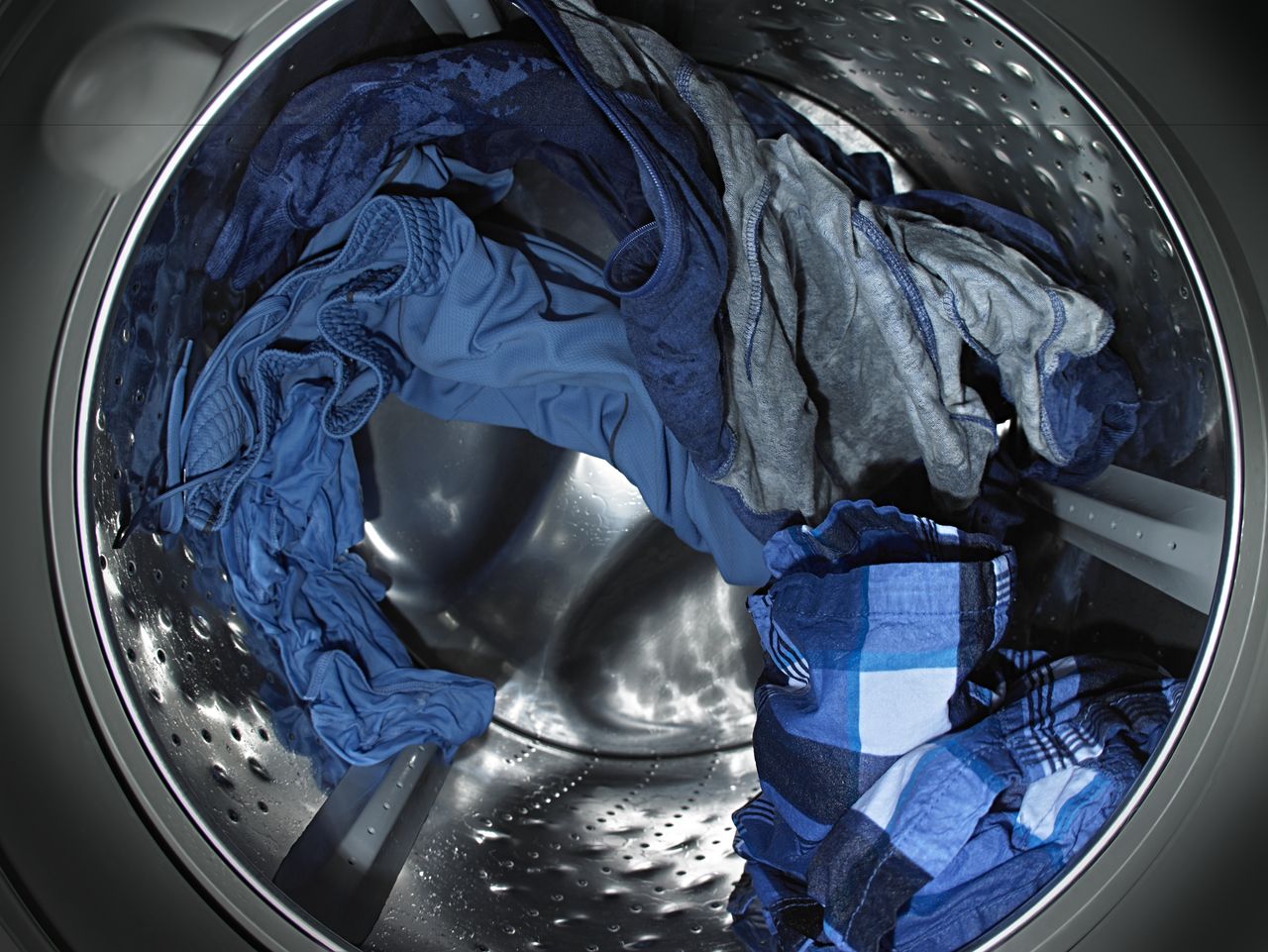

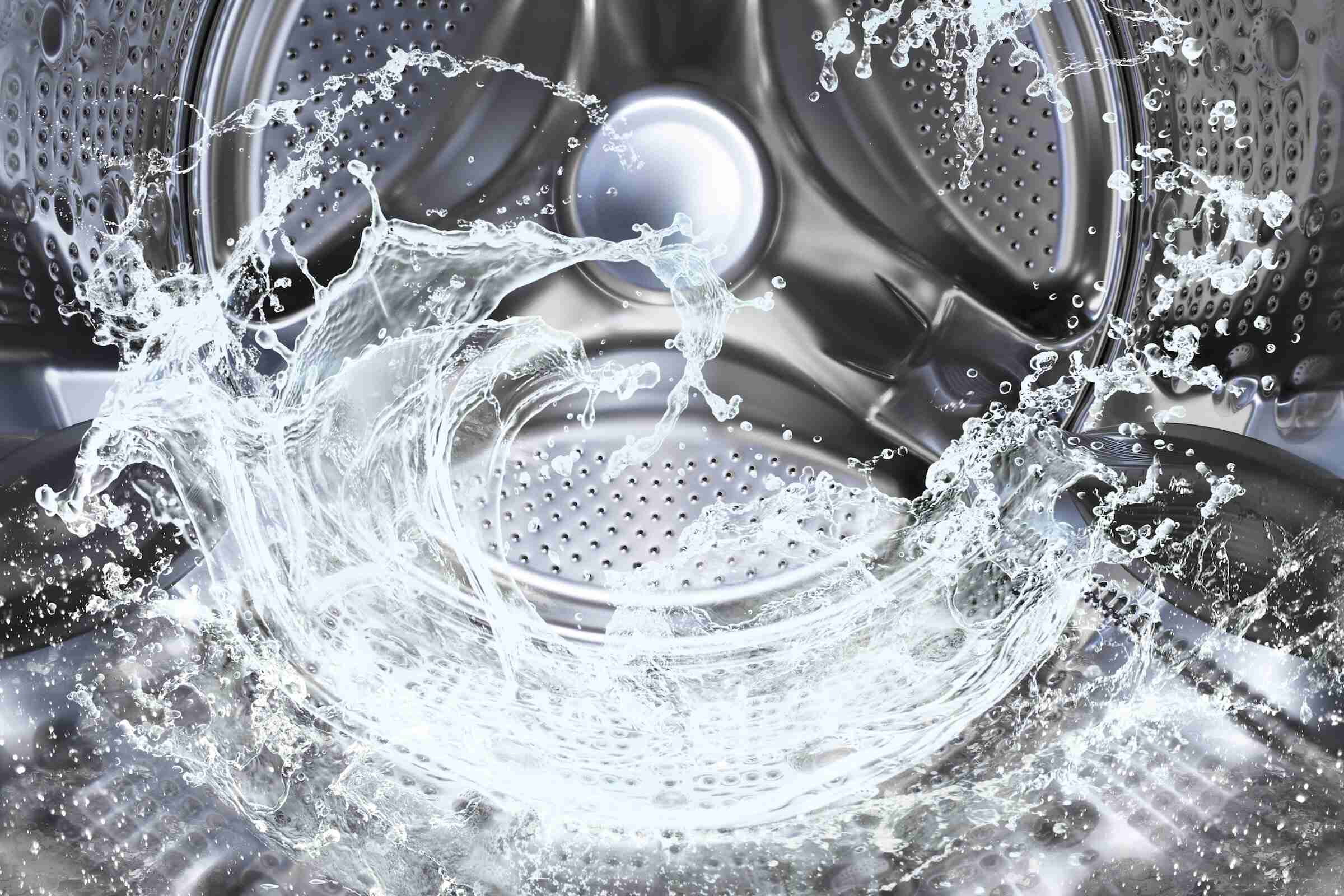
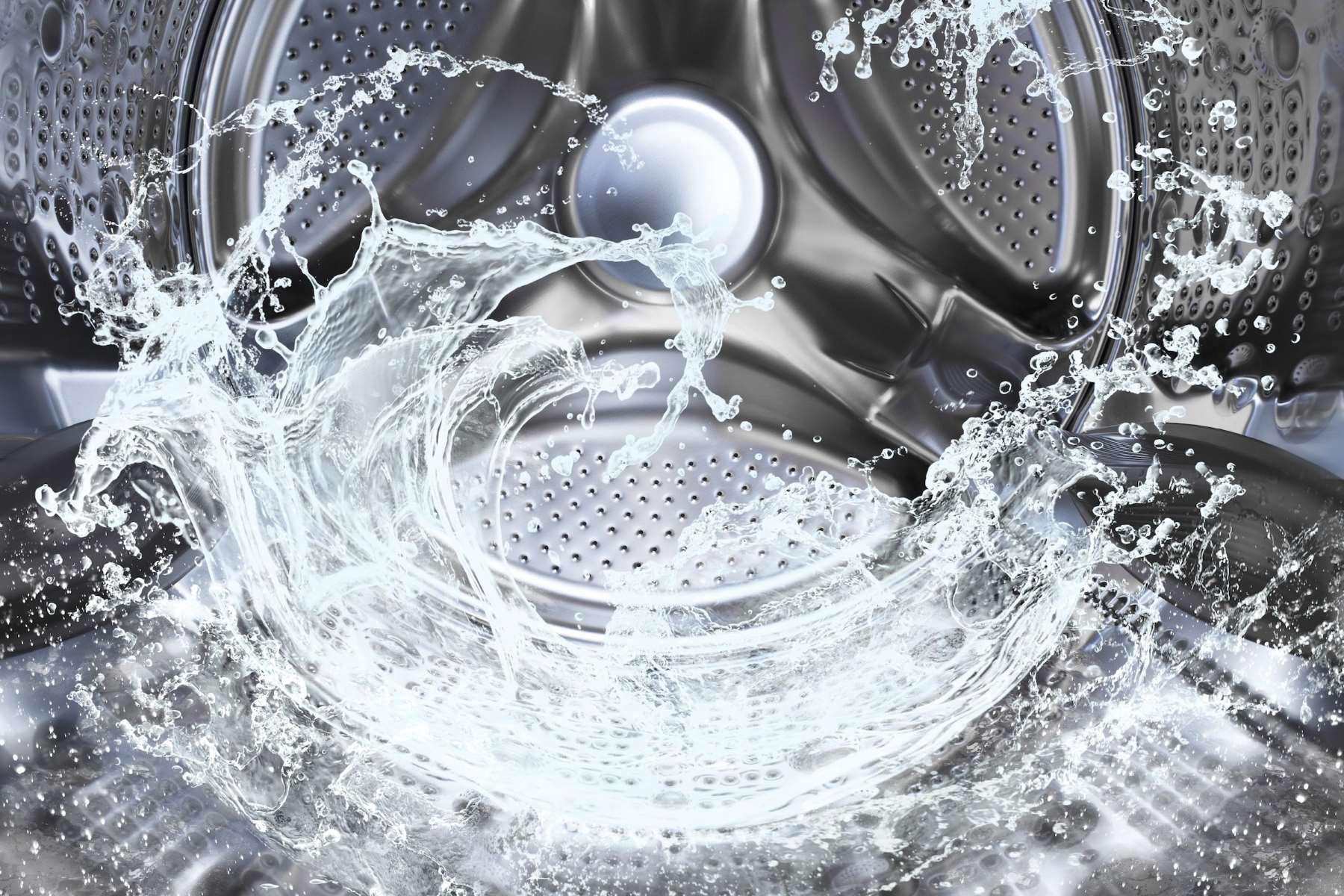
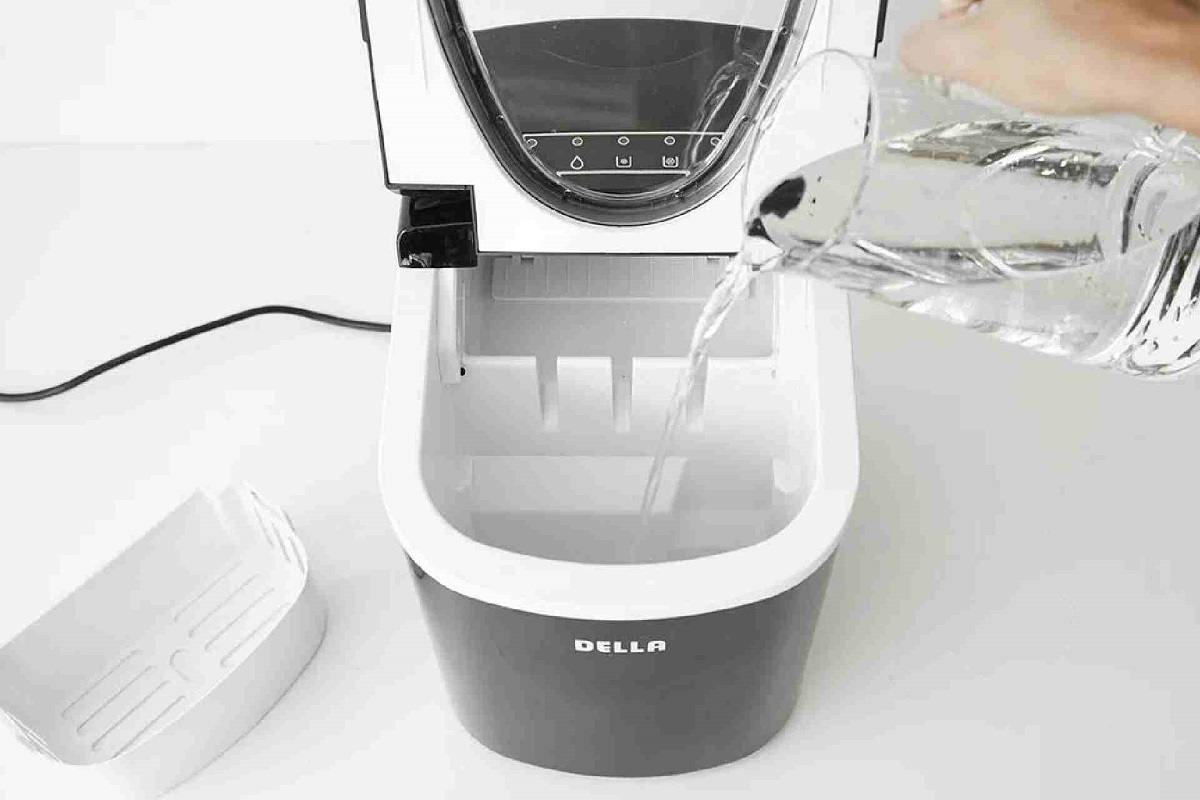
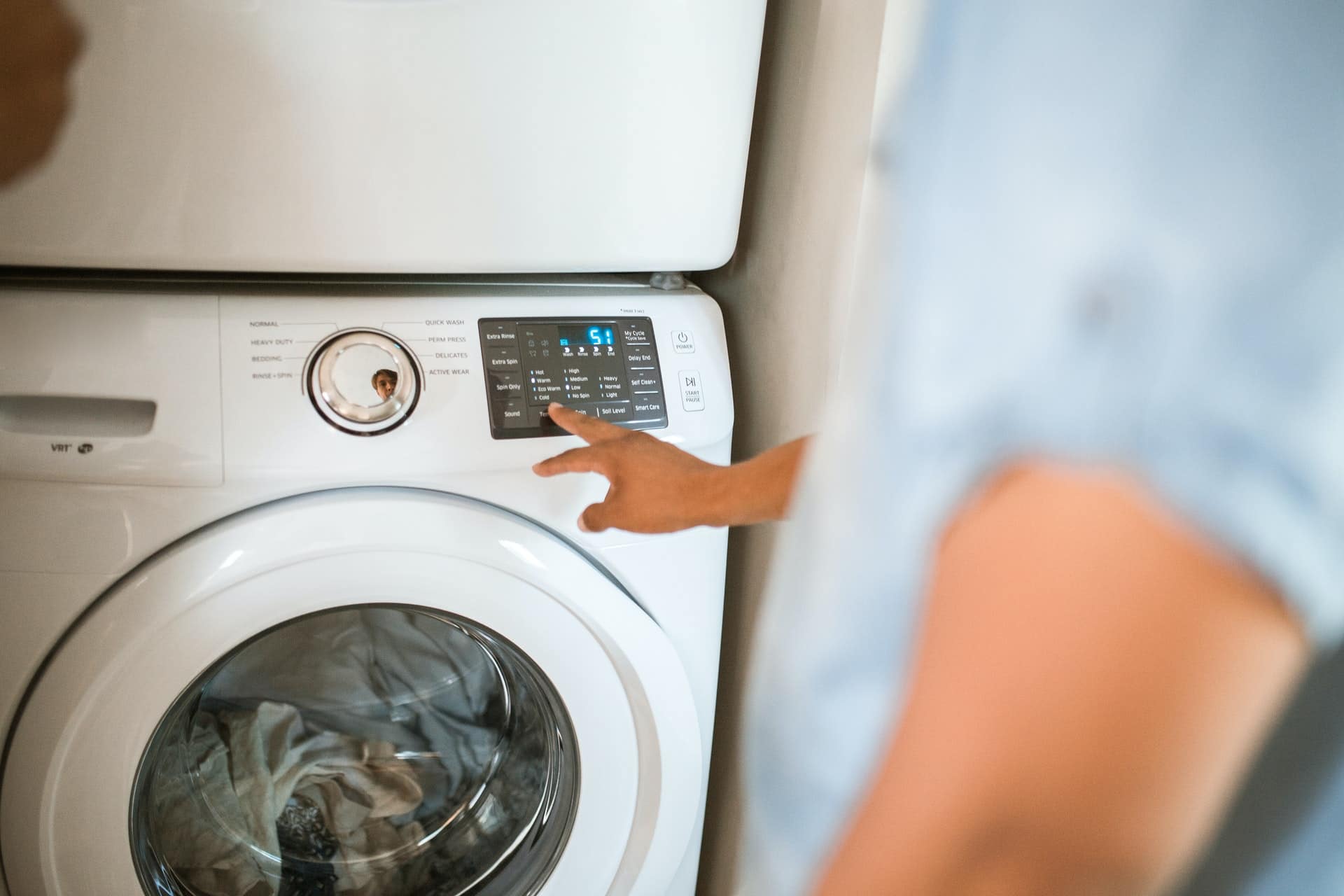
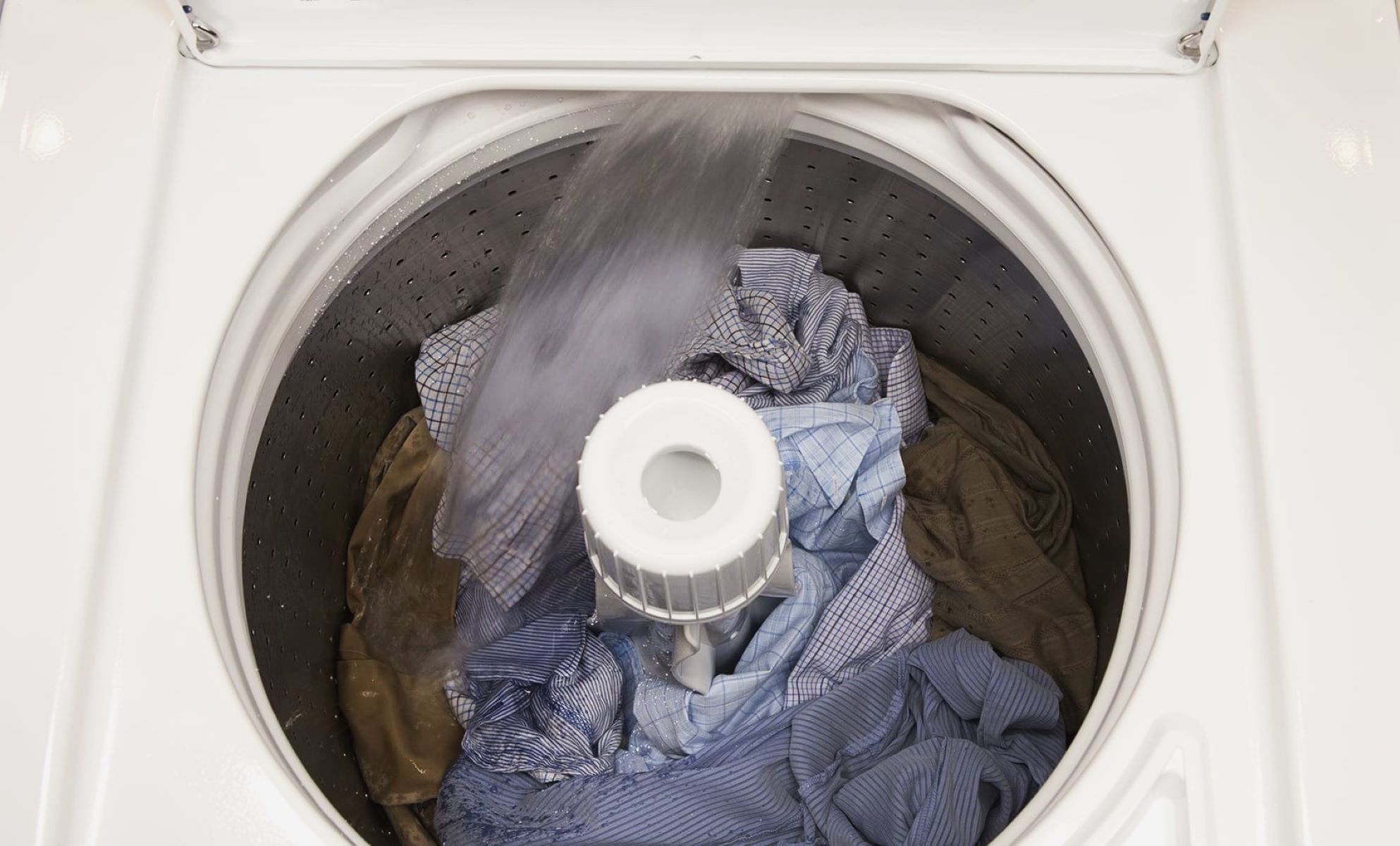
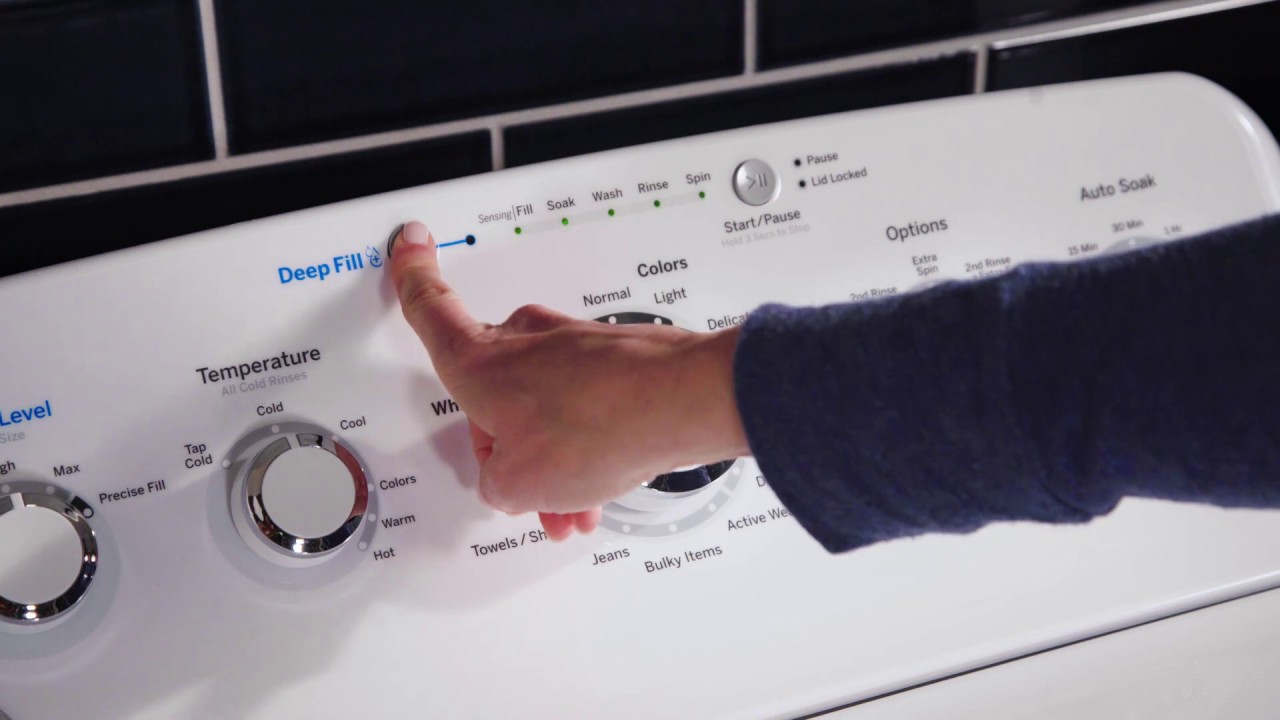
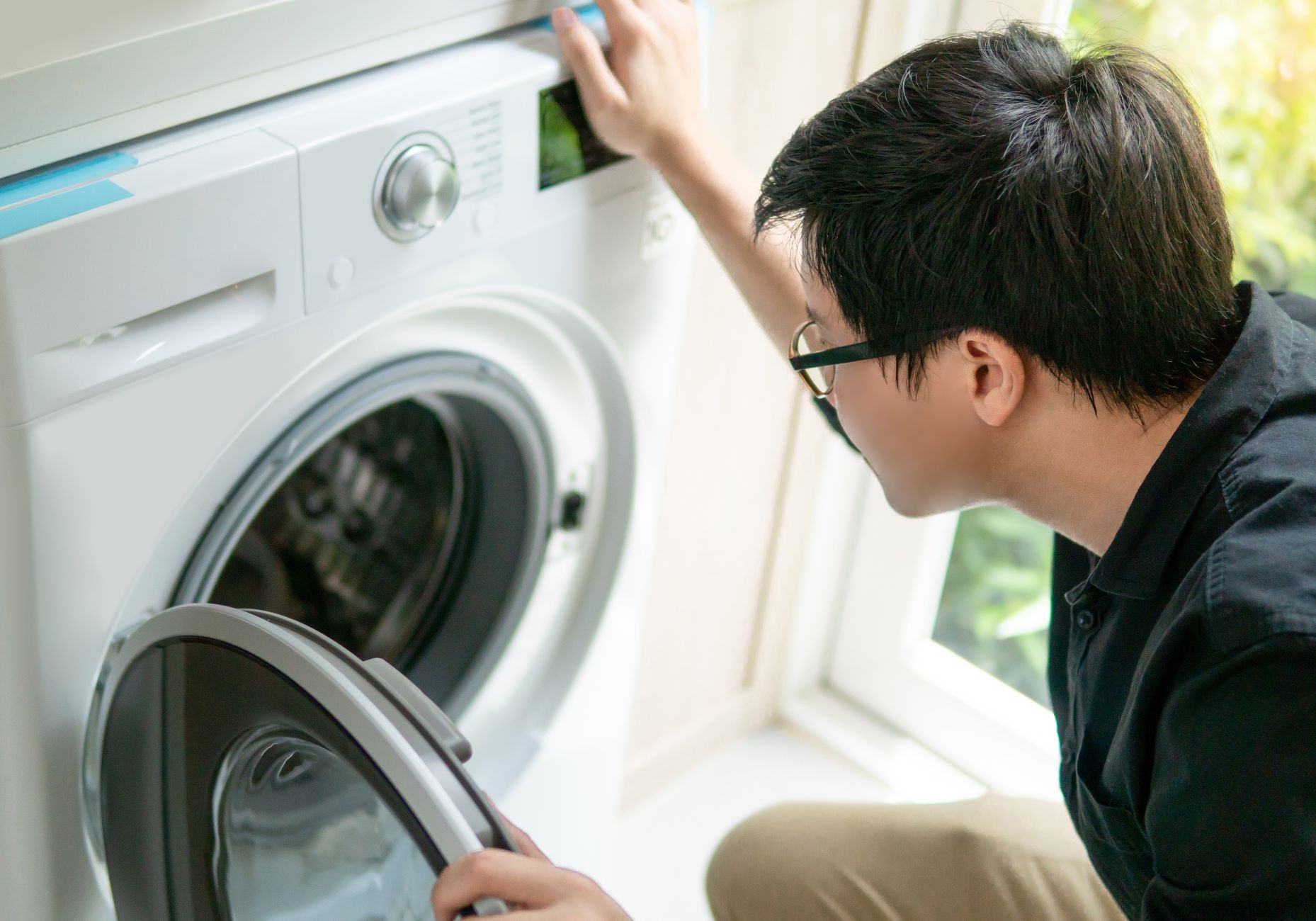
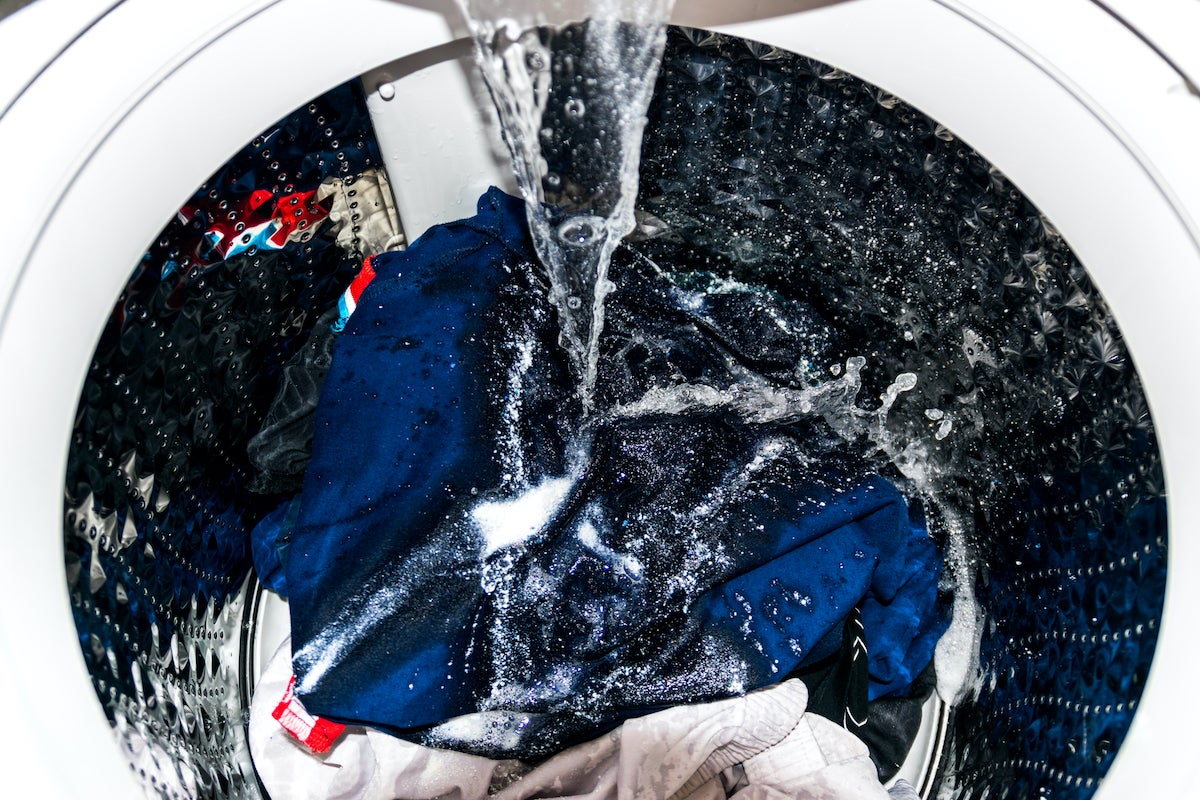

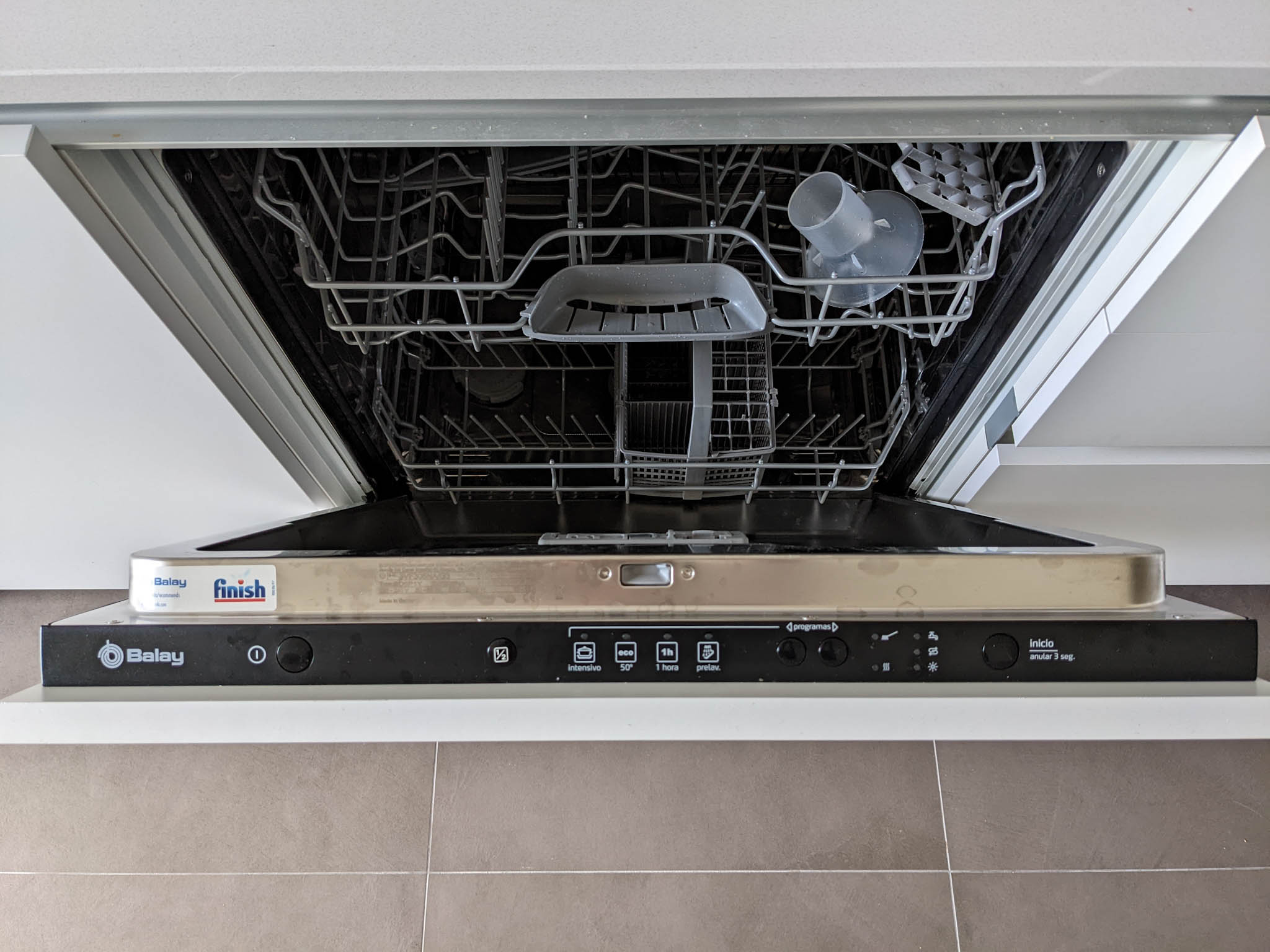
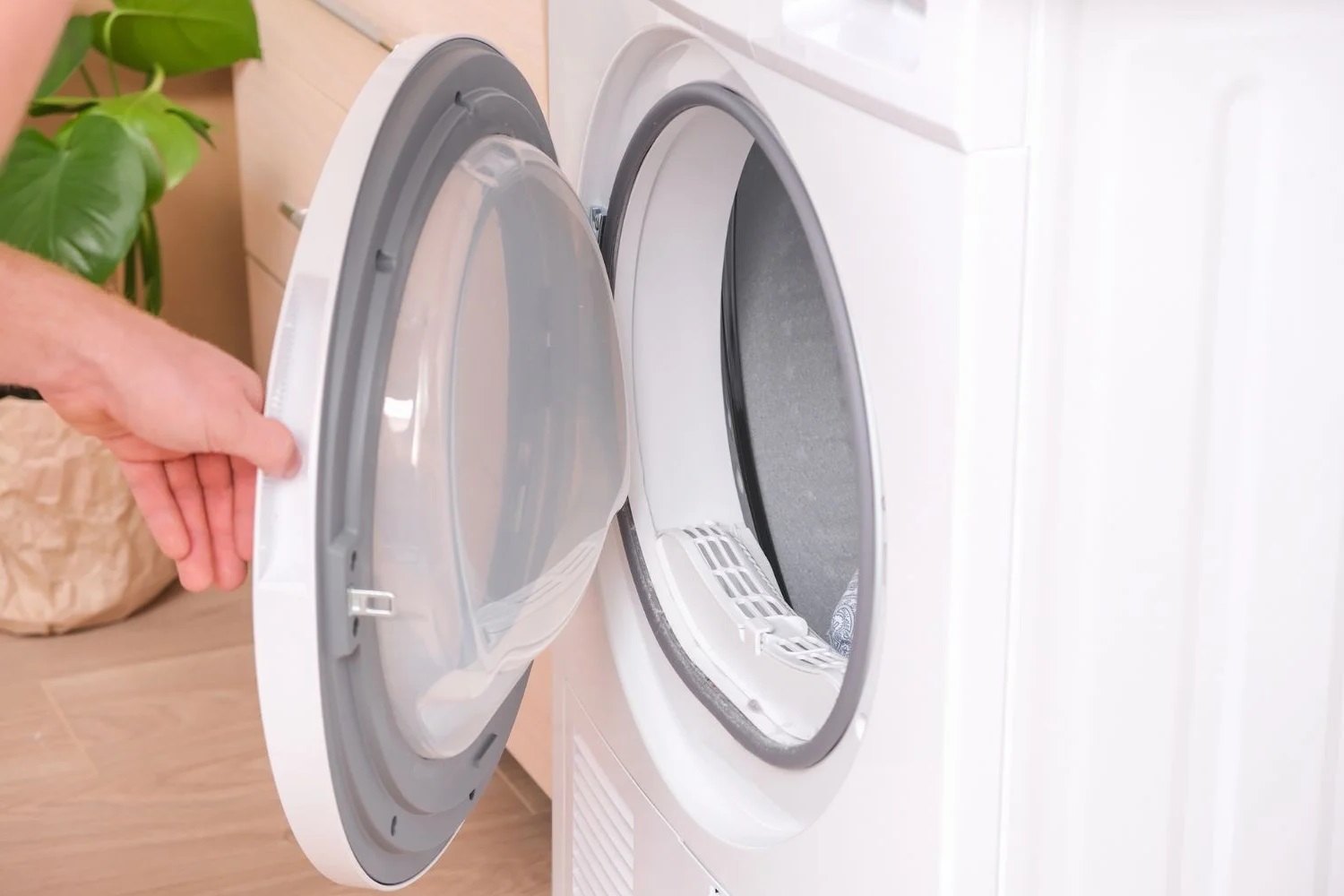

0 thoughts on “Washing Machine Making Loud Noise When Filling With Water”